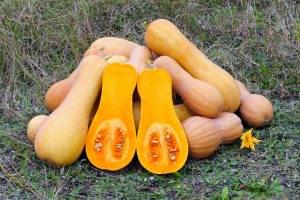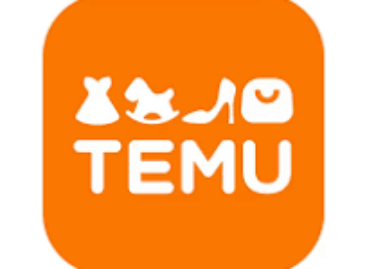Pumpkin: delicious, healthy – and also used in the cosmetics industry
Every year more pumpkins are consumed in our country. Pumpkin is extremely healthy, and its imports are minimal – it is clear from the overview of the National Chamber of Agriculture and its program promoting the consumption of vegetables and fruits, the European Fresh Team.

(Photo: Pixabay)
In our country, the amount of pumpkin consumption increases every year and is concentrated in the autumn and winter months. In the offer, you can find two types of pumpkins, giant pumpkins and musk pumpkins, also known as ham pumpkins. According to area-based support data, pumpkins are grown on approximately 1,464 hectares, the largest area in Csongrád-Csanád county (264 hectares), Szabolcs-Szatmár-Bereg county (261 hectares), Bács-Kiskun, Borsod-Abaúj-Zemplén counties (around 200-200 hectares ) is the production area. The crop area decreased compared to the previous year’s 1,770 hectares. Domestic production ranges between 35-40 thousand tons annually; the import was insignificant, under a thousand tons in recent years.
Eating pumpkin is also important for maintaining our health
It also contains calcium, zinc, manganese, copper, iron and phosphorus. In addition to these, it also contains vitamin C, carotene, biotin, niacin and pantothenic acid, as well as vitamins A, B1, B2 and B6 – points out the European Fresh Team program. It is also worth using the seeds, as they are rich in polyunsaturated fats, iron and vitamin E. Pumpkin is rich in alpha-carotene and beta-carotene, which the body converts into vitamin A (retinol). This is also the reason why the flesh color of winter squash (baking pumpkins) ranges from yellow to orange. The deeper the orange shade, the higher the beta-carotene content. It is interesting that due to its rich carotenoid content and antioxidant effect, the plant is also widely used in the cosmetics industry, even as a preservative and sensory enhancer (smell and coloring agents), which protect the skin against oxidative damage and the effects of aging, as well as improve the stability and shelf life of cosmetics. Pumpkins should not be confused with the pumpkins used for lanterns, the so-called ‘Halloween’ pumpkins, the decorative type of which has spread here, which is basically intended for decorative purposes and not for eating – warns the European Fresh Team, NAK’s educational campaign.
Related news
Two special food products will be placed under a new tariff heading
On 19 June 2025, the European Commission published new implementing…
Read more >V4: Imports from Ukraine would cause serious damage
The agricultural chambers of the Visegrád Group (V4) met in…
Read more >WHO: They urge a 50 percent price increase for tobacco, alcohol and sugary drinks
The World Health Organization (WHO) is calling for the prices…
Read more >Related news
Temu has already targeted the European food market
The Chinese-rooted Temu is posing an increasingly serious threat to…
Read more >Irrigation water resources equivalent to one-third of Lake Balaton are available
Despite the extraordinary drought and lack of precipitation, we can…
Read more >Free irrigation water provided to farmers is a key element in the fight against drought
Free irrigation water provided to farmers is a key element…
Read more >






